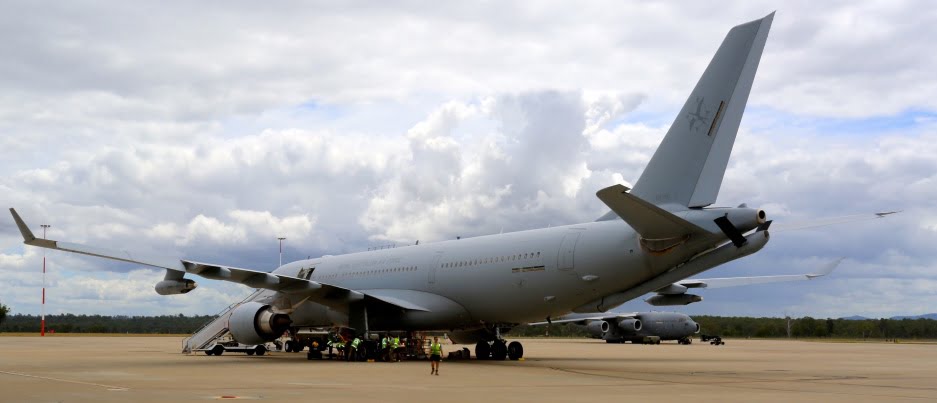In this special report, Second Line of Defense looks at Australian defense modernization, notably in the air systems areas. The report is informed by a number of interviews conducted in Australia in March 2014. It is informed as well by interviews with USN, USMC, and USAF staff and commanders.
The report highlights the importance of cross cutting modernizations among allies in the region, which can be crafted into a multi-faceted and multi-dimensional deterrence in depth strategy for the US, and its allies.
After taking an overview on Australian developments (with a look at Japan as well), the report examines the following four topics: the key building blocks of Australian defense modernization; the impact of the coming of the F-35 on that modernization; the evolution of Australian defense industry associated with the modernization process; and finally the perspectives of MARFORPAC and PACAF on those modernizations and the challenge and opportunities inherent in cross-cutting modernization.
We conclude by highlighting the central significance of joint and coalition training for shaping an effective Pacific defense capability and strategy.
Covering a territory which covers so much of the earth’s surface and with thousands of islands present a tapestry of operational complexity. This is no place for amateurs.
As Admiral Nimitz confronted the last century’s challenges he concluded a core lesson for this century’s Pacific warriors: “Having confronted the Imperial Japanese Navy’s skill, energy, persistence, and courage, Nimitz identified the key to victory: ‘training, TRAINING and M-O-R-E T-R-A-I-N-I-N-G.”
The US and its core allies are shaping new capabilities to deal with the various threats and challenges in the Pacific in the time of the Asian century. Flexibility in operations and agility in inserting force with a proper calibration of effect will be enhanced as new systems come on line in the years ahead but joint and coalition training become more essential as new approaches and capabilities are forged.


